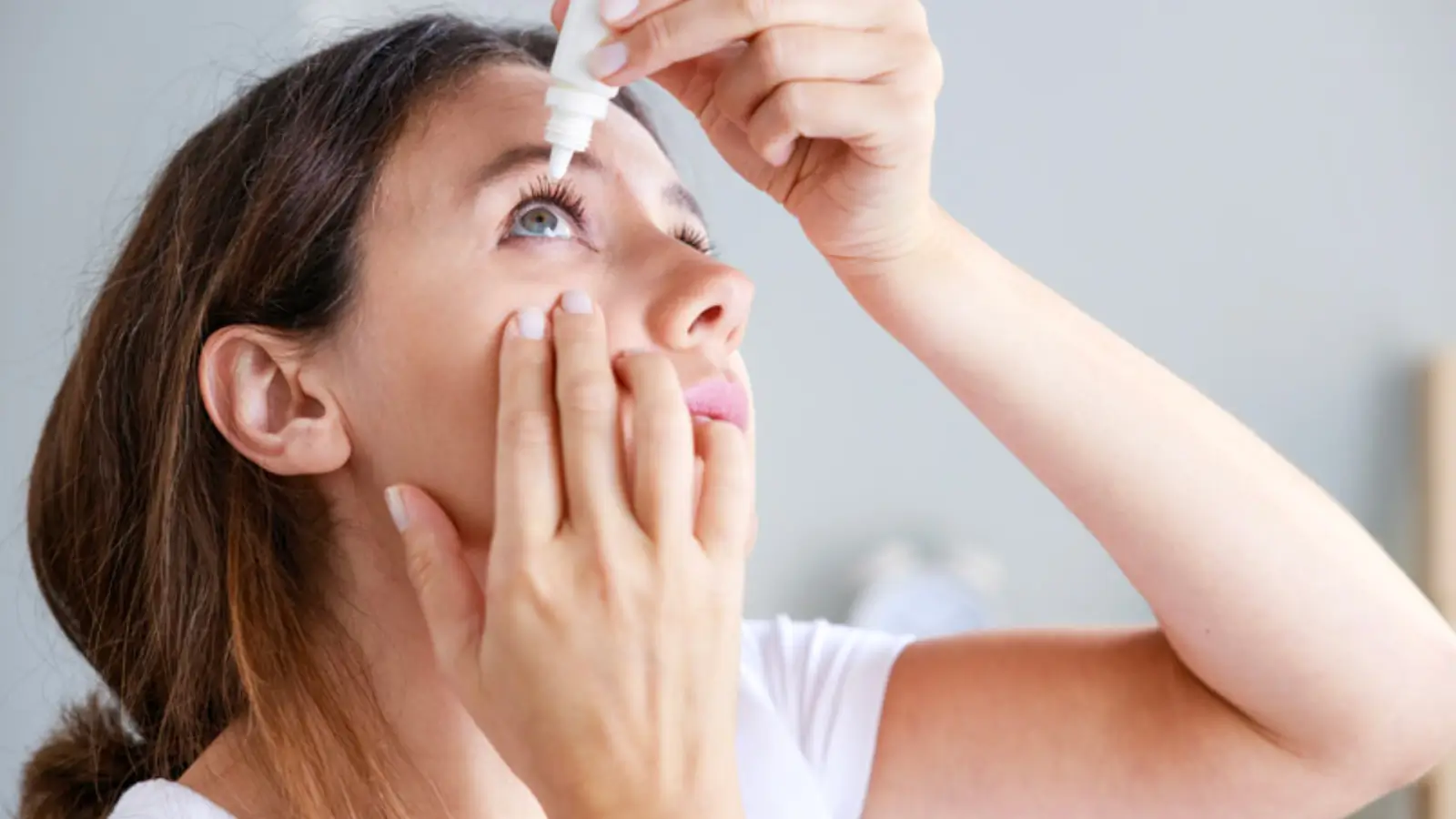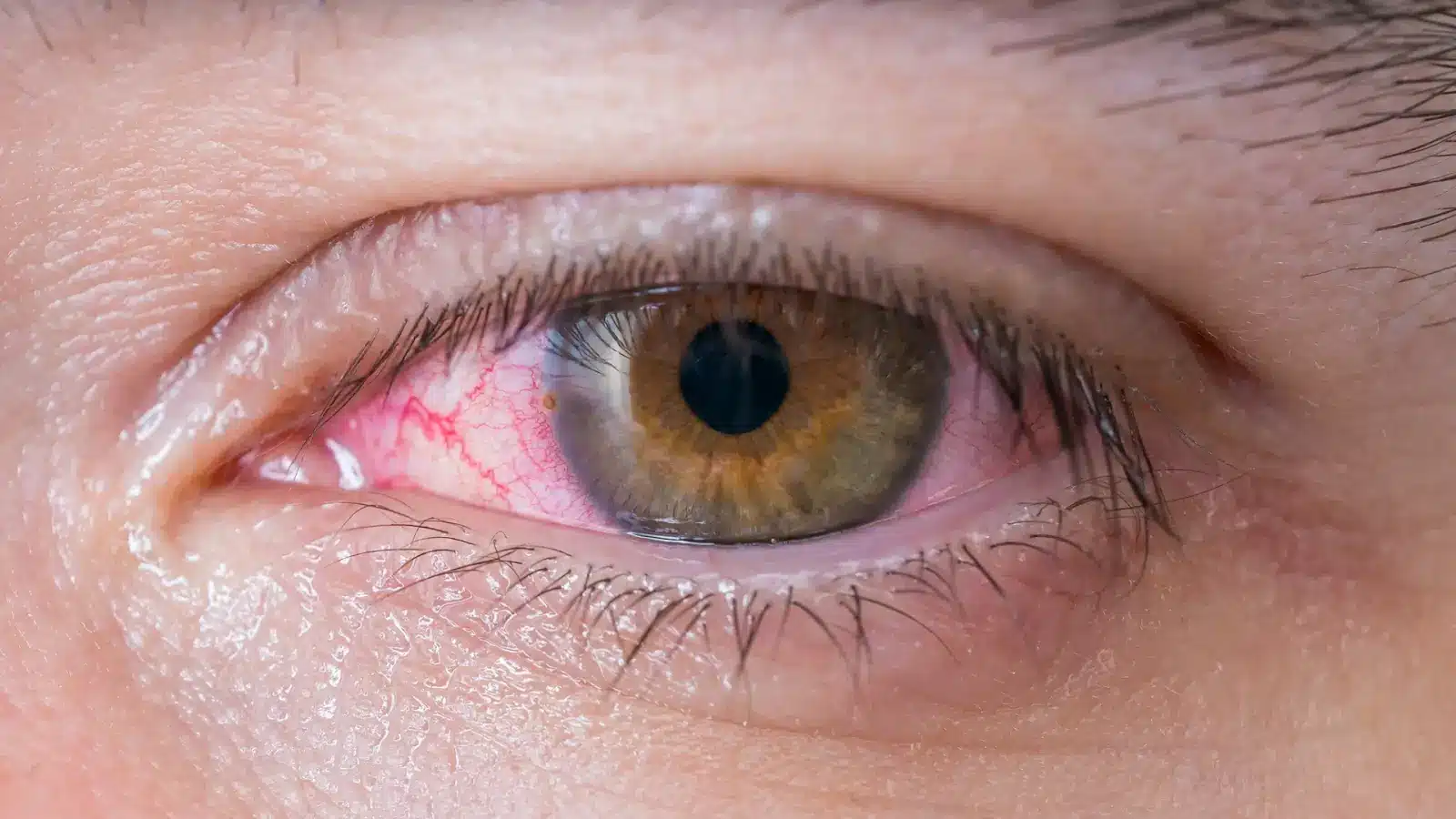
Glaucoma is a leading cause of irreversible blindness worldwide, affecting over 70 million people. A 2024 study reported that the global incidence rate of primary open-angle glaucoma (POAG) is 23.46 per 10,000 person-years among individuals aged 40-79, emphasizing the need for effective treatment and management strategies.
One of the most widely prescribed treatments is Lumigan (bimatoprost) eye drops, designed to lower intraocular pressure (IOP) in patients with glaucoma and ocular hypertension. While Lumigan is highly effective, some patients may experience side effects, ranging from mild irritation to noticeable changes such as eyelash growth and eye discoloration.
In this article, we will explore the common and serious side effects of Lumigan and provide practical strategies for managing them, ensuring safe and effective treatment.
Key Takeaways
- Lumigan eye drops are primarily used to treat glaucoma and ocular hypertension.
- Patients may experience mild to moderate side effects such as eye redness, dryness, burning sensation, itchy or watery eyes, darkening of eyelashes and eyelid skin, blurred vision, and headaches.
- Most side effects can be managed with simple adjustments like using preservative-free artificial tears, applying lubricating eye drops, taking breaks from screens, and staying hydrated.
- Rarely, patients may experience more severe effects, including iris pigmentation changes, severe eye pain, sensitivity to light, or retinal problems, requiring immediate medical attention.
- Correct application techniques, such as washing hands, tilting the head back, and avoiding contact lenses immediately after use, can help minimize side effects.
About: Doctor Medica is your trusted supplier of top-quality dermal fillers, viscosupplements, and more for your medical practice. We offer genuine products from leading brands at the lowest prices. Contact Doctor Medica today to order Lumigan online.
Common Side Effects of Lumigan Eye Drops

Most patients tolerate Lumigan well, but some may experience mild to moderate side effects. These effects are usually temporary and improve as the body adjusts to the medication. Common side effects include:
- Eye Redness and Irritation: Often due to increased blood flow in the eye.
- Dryness or a Burning Sensation: This side effect can occur after application.
- Itchy or Watery Eyes: A response to the medication’s active ingredients.
- Darkening of Eyelashes and Eyelid Skin: A gradual cosmetic change.
- Blurred Vision: Temporary and usually resolves quickly.
- Headaches: Due to changes in eye pressure.
These side effects are not harmful but can be bothersome. Patients should monitor symptoms and consult their doctor if they persist.
Managing Side Effects
Most Lumigan eye drops side effects can be managed with simple adjustments. Here are some practical tips:
- Eye Redness or Irritation: Use preservative-free artificial tears to soothe discomfort. Avoid rubbing the eyes.
- Dryness or Burning: Apply lubricating eye drops and ensure proper hydration.
- Blurred Vision: Wait a few minutes after applying the drops before driving or reading.
- Headaches: Drink plenty of water and take breaks from screen time.
If symptoms persist or worsen, a doctor may adjust the dosage or recommend a Lumigan generic equivalent.
Rare and Serious Side Effects
Though uncommon, some patients may experience more severe side effects that require medical attention. Serious side effects include:
- Iris Pigmentation Changes: The eye’s colored part may turn darker, which is permanent.
- Severe Eye Pain or Swelling: This could indicate an allergic reaction or increased eye pressure.
- Sensitivity to Light: This may signal inflammation or an adverse reaction.
- Retinal Problems: Symptoms like floaters or flashes of light need urgent evaluation.
Patients experiencing these symptoms should contact their doctor immediately. In rare cases, discontinuing Lumigan may be necessary.
Proper Application and Patient Education

Correct application techniques can reduce side effects and improve effectiveness. Patients should be instructed on proper usage:
- Wash hands thoroughly before handling the bottle.
- Tilt the head back and pull down the lower eyelid to create a pocket.
- Apply one drop into the lower eyelid without touching the dropper to the eye.
- Close the eye gently for 1–2 minutes to allow absorption.
- Wipe away excess liquid to prevent skin darkening around the eyes.
- Avoid wearing contact lenses immediately after application.
Following these steps can minimize irritation and side effects.
Conclusion
Lumigan is a highly effective treatment for glaucoma and ocular hypertension, but patients should be aware of potential side effects. While most reactions are mild and manageable, serious complications are rare. Ensuring proper application, regular follow-ups, and patient education can help maximize benefits and minimize risks.
Consulting a doctor about a generic equivalent may be beneficial for those experiencing persistent side effects or seeking a more affordable option. Always work closely with an eye care specialist to find the most suitable and effective treatment for your needs.
FAQs
1. How long do Lumigan eye drop side effects last?
Most mild side effects, such as redness and dryness, resolve within a few days to weeks as the body adjusts. If symptoms persist, consult an eye specialist.
2. Can Lumigan permanently change the eye color?
Yes, Lumigan can cause gradual darkening of the iris, particularly in people with lighter-colored eyes. This change is permanent and does not affect vision.
3. How can I reduce irritation from Lumigan?
Use lubricating eye drops, avoid rubbing the eyes, and follow proper application techniques. If irritation persists, consult a doctor about alternative treatments.
4. Is there a safer alternative to Lumigan?
For patients experiencing severe side effects, a Lumigan generic equivalent or another prostaglandin analog may be recommended. Consult your doctor for suitable options.
References
Shan S, Wu J, Cao J et al. Global incidence and risk factors for glaucoma: A systematic review and meta-analysis of prospective studies. JOGH. Published November 8, 2024. doi:10.7189/jogh.14.04252
Current glaucoma programs. Vision and Eye Health. Published May 15, 2024. https://www.cdc.gov/vision-health/php/glaucoma-programs/index.html
Chen W, Xu Y, Liu Z, Zhao J. Global, regional and national burden of Glaucoma: an update analysis from the Global Burden of Disease Study 2019. International Ophthalmology. 2024;44(1). doi:10.1007/s10792-024-03222-6
Related Articles
Joanna Carr
Wegovy Plateau – What Is It?
Weight loss plateaus can occur in patients using Wegovy (semaglutide), a medication used to treat obesity. Read more on Doctor Medica.
Joanna Carr
For Prominent Ears, New Device Provides Alternative To Otoplasty
Interested to learn more about A New Device Providing An Alternative To Otoplasty For Prominent Ears? Browse Doctor Medica's comprehensive listing of ...
Joanna Carr
SoftFil Precision – A Guide to This Advanced Dermal Filler Technique
Explore Softfil Precision—a comprehensive guide to this advanced dermal filler technique, designed for precise and natural-looking results in facial r...


